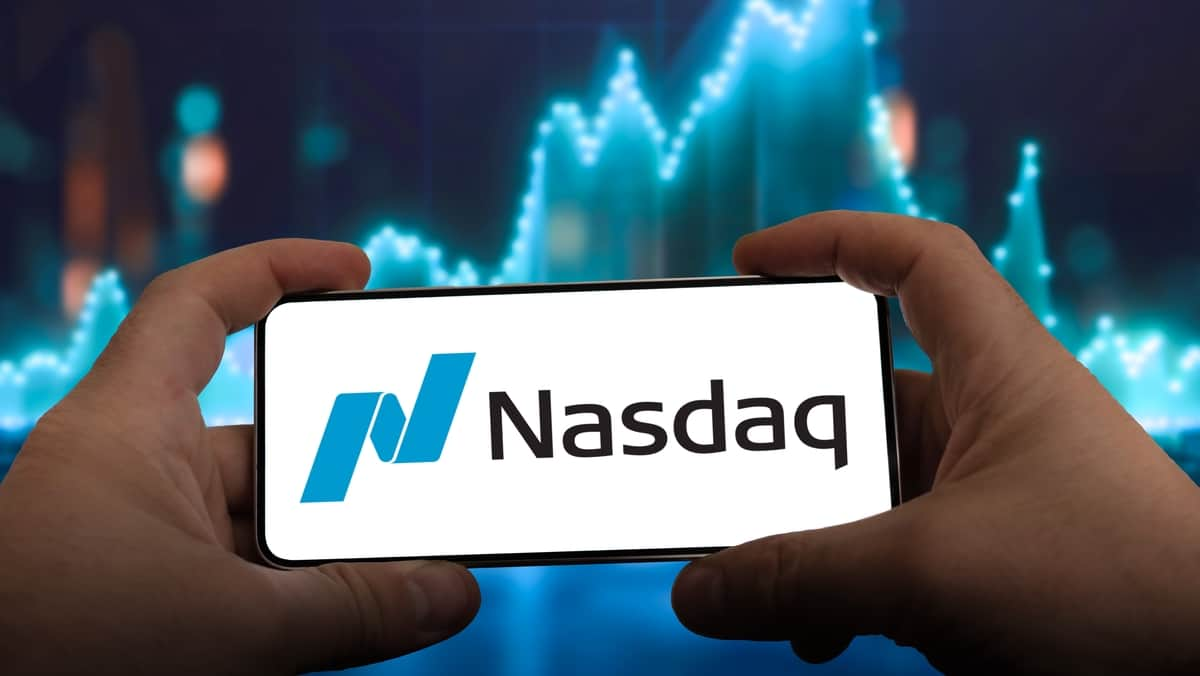
Nasdaq Index Overview: The Nasdaq Index is a key benchmark in the financial markets, primarily representing technology and growth-oriented companies.
Index CFD trading basics: For traders looking to capitalize on the movements of this index, trading Contracts for Difference (CFDs) offers a unique opportunity. This guide will provide an overview of the Nasdaq Index and explain how to trade Nasdaq CFDs specifically using Markets.com.
Understanding the Nasdaq Index
What is the Nasdaq Index?
The Nasdaq Index, often referred to simply as the Nasdaq, comprises over 3,000 stocks listed on the Nasdaq Stock Market. It is heavily weighted towards technology companies, making it a vital indicator of the tech sector's performance. Well-known companies such as Apple, Microsoft, and Amazon are part of this index, contributing to its volatility and potential for significant price movements.
Importance of the Nasdaq Index
The Nasdaq Index serves as a benchmark for technology stocks and is closely monitored by traders and investors. Its performance can influence market sentiment and investment strategies, particularly in the tech sector. Understanding the factors that affect the Nasdaq Index, such as economic data, corporate earnings, and geopolitical events, is essential for traders looking to capitalize on its movements.
Why Trade Nasdaq CFDs?
Benefits of Trading CFDs
Trading Nasdaq CFDs offers several advantages:
Leverage: CFDs allow traders to control a larger position with a smaller amount of capital, amplifying potential gains.
Flexibility: Traders can go long or short, enabling them to profit in both rising and falling markets.
No Ownership of Underlying Assets: When trading CFDs, you do not own the underlying stocks, which simplifies the trading process and eliminates concerns about physical asset management.
Risks Involved
While trading Nasdaq CFDs can be lucrative, it is essential to recognize the risks involved. CFDs are leveraged products, meaning losses can exceed initial investments. Market volatility, economic announcements, and geopolitical events can all impact the Nasdaq Index, leading to rapid price changes.
Getting Started with Markets.com
Creating an Account
To start trading Nasdaq CFDs with Markets.com, follow these steps:
Visit the Website: Navigate to the Markets.com website and click on the “Sign Up” button.
Complete Registration: Fill out the registration form with your personal details. This may include your name, email address, and phone number.
Verification: You may be required to verify your identity by providing documentation such as a government-issued ID and proof of address.
Deposit Funds: Once your account is verified, you can fund it using various payment methods, including credit cards, bank transfers, or e-wallets.
Navigating the Trading Platform
Markets.com offers a user-friendly trading platform, both on desktop and mobile. Here’s what to expect:
Dashboard: The main dashboard provides an overview of your account, including balances and open positions.
Market Access: You can access a wide range of markets, including the Nasdaq Index, through the platform’s navigation menu.
Charts and Analysis: The platform features advanced charting tools, allowing traders to analyze price movements and technical indicators.
How to Trade Nasdaq CFDs on Markets.com
Step-by-Step Trading Process
Select the Nasdaq CFD: On the Markets.com platform, navigate to the indices section and select the Nasdaq CFD you wish to trade.
Analyze the Market: Use the available tools to analyze market trends, price movements, and economic indicators that may impact the Nasdaq Index.
Choose Your Position Size: Determine the size of your trade based on your risk tolerance and trading strategy.
Set Entry and Exit Points: Decide where you want to enter the trade and set your target exit points. You can also utilize stop-loss orders to manage risk.
Execute the Trade: Once you have set your parameters, click the “Buy” or “Sell” button to execute your trade.
Utilizing Leverage Wisely
Markets.com allows traders to use leverage when trading Nasdaq CFDs. While leverage can amplify potential gains, it also increases risk. It is crucial to use leverage cautiously and ensure that your trading strategy accounts for potential losses.
Risk Management Strategies
Importance of Risk Management
Effective risk management is essential for successful trading. It helps protect your capital and ensures you can continue trading in the long term. Here are some strategies to consider:
Set Stop-Loss Orders: Use stop-loss orders to automatically close your position if the market moves against you, limiting potential losses.
Diversify Your Portfolio: Avoid putting all your capital into a single trade. Diversifying across different assets can help mitigate risks.
Use Position Sizing: Determine the appropriate position size based on your account balance and risk tolerance. A common rule is to risk no more than a small percentage of your capital on any single trade.
Staying Informed
Being informed about market developments is crucial for trading success. Follow economic news, earnings reports, and geopolitical events that may impact the Nasdaq Index. Markets.com offers news updates and analysis that can help you stay ahead.
Conclusion
Trading Nasdaq CFDs with Markets.com presents a compelling opportunity for those looking to capitalize on the performance of one of the most influential stock indices globally. Understanding the Nasdaq Index, the benefits and risks of CFD trading, and effective risk management strategies are essential components of a successful trading experience.
By utilizing Markets.com’s user-friendly platform, advanced tools, and educational resources, traders can navigate the complexities of Nasdaq CFD trading with greater confidence. As with any trading endeavor, ongoing education and practice are vital for refining your skills and enhancing your trading strategy.
Risk Warning: this article represents only the author’s views and is for reference only. It does not constitute investment advice or financial guidance, nor does it represent the stance of the Markets.com platform.When considering shares, indices, forex (foreign exchange) and commodities for trading and price predictions, remember that trading CFDs involves a significant degree of risk and could result in capital loss.Past performance is not indicative of any future results. This information is provided for informative purposes only and should not be construed to be investment advice. Trading cryptocurrency CFDs and spread bets is restricted for all UK retail clients.